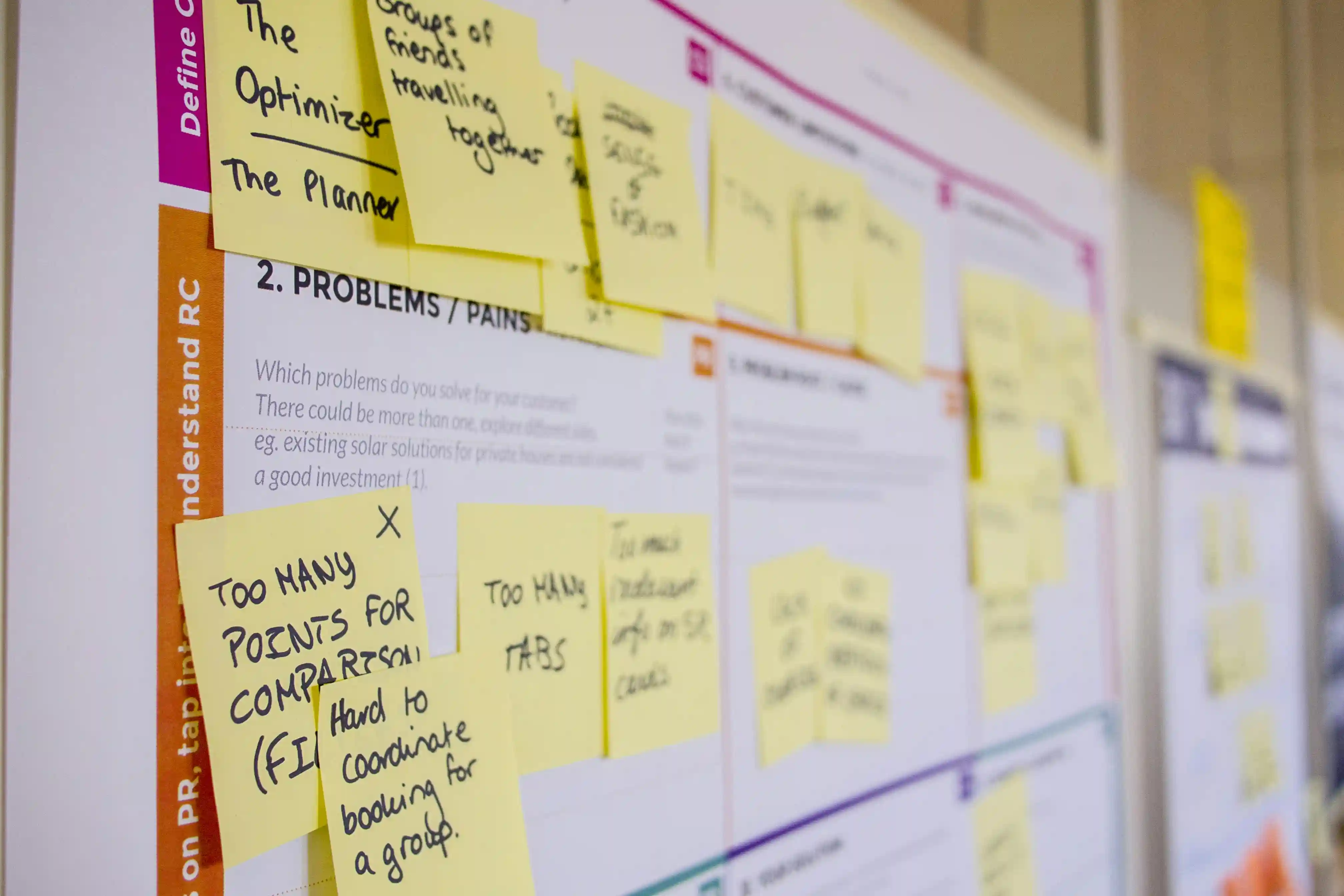Project Management Methodologies: Traditional vs. Agile

Project management relies on different methodologies tailored to the needs and constraints of teams. Among the most widely used approaches are traditional methodologies (Waterfall, V-Model) and Agile methodologies (Scrum, Kanban). This article will help you understand their differences, advantages, and disadvantages to choose the most suitable method for your project.
Traditional Project Management: Waterfall and V-Model
Traditional project management follows a sequential and rigid approach, where each phase must be completed before moving on to the next. This method is particularly suitable for projects requiring detailed planning with minimal changes along the way.
Principles of Traditional Project Management
- Precise definition of requirements from the start.
- Linear process with distinct phases (design, development, testing, delivery).
- Detailed documentation at each phase.
- Less flexibility for changes during the project.
Advantages
- Suitable for well-defined projects with minimal uncertainties.
- Clear documentation facilitates maintenance.
- Better control over costs and deadlines.
Disadvantages
- Not adaptable to changes.
- Late identification of errors and possible improvements.
- Long delivery times before a final product is available.
Agile Project Management: Flexibility and Adaptability
The Agile methodology follows an iterative and incremental approach, allowing the project to adapt based on frequent feedback from stakeholders. It is ideal for environments where requirements evolve quickly.
Principles of Agile Project Management
- Short development cycles (sprints) enabling regular deliveries.
- Flexibility to accommodate changes.
- Close collaboration between teams and stakeholders.
- Continuous improvement based on feedback.
Most Used Agile Methods
- Scrum: work is organized in sprints with defined roles (Scrum Master, Product Owner, development team).
- Kanban: visual workflow management to limit work in progress and enhance productivity.
Advantages
- Quick adaptation to project changes.
- Frequent deliveries allow for fast user feedback.
- Greater involvement of teams and stakeholders.
Disadvantages
- Less visibility on final costs and deadlines.
- Requires strong stakeholder involvement.
- Can be challenging to manage in large-scale complex projects.
How to Choose the Right Method?
If your project has fixed requirements with minimal expected changes, traditional project management is a good option. If your project requires regular adjustments and frequent deliveries, the Agile method is more appropriate.
Watch the Comparison Video
For a more detailed and illustrated analysis, watch this video to better understand these two approaches:






